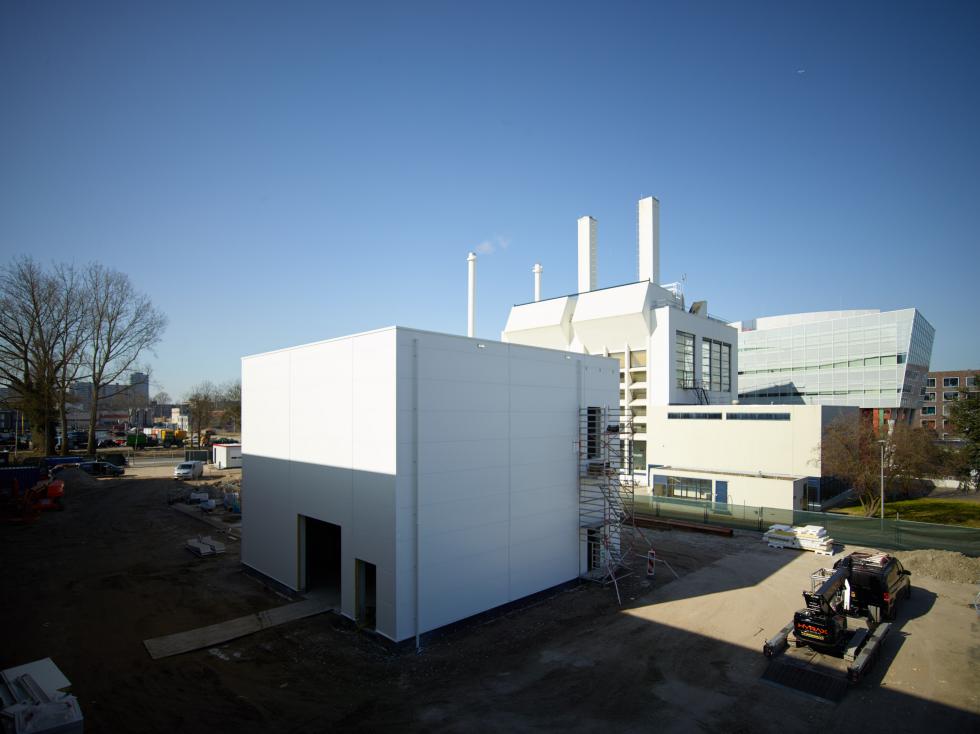The urgency of the energy transition is growing daily. According to the Paris Climate Agreement, the EU must reduce greenhouse gas emissions by 55% by 2030, compared to 1990 levels, and strive for climate neutrality by 2050. Geothermal energy, a CO₂-low alternative to natural gas, will play a key role in this. The technology is promising and has already made a promising start in the horticultural sector. The next step is large-scale application in the built environment.
A unique opportunity
Geothermie Delft is taking an important step forward in the energy transition. In this project, a geothermal source is being installed that will not only provide sustainable heat to all residents and visitors to the university campus, but also to a large part of the city of Delft. It also offers a unique opportunity to further develop scientific knowledge of geothermal energy in a complex urban environment.
In geothermal projects, hot water is pumped from deeper layers of the Earth, around 2.5 km deep. Through heat exchangers, the energy from the geo-water is transferred to the heating network, which delivers heat to the end users. After the heat transfer, the cooled geo-water is returned to the deep subsurface via a second well.
To ensure the energy flows efficiently, Alewijnse is designing all the automation systems and electrical installations, including the control panels, for the operation of both the above-ground geothermal installation and the connected heat distribution network. This encompasses the extraction of geothermal heat together with the control of the heat exchangers, degassing installations, production and injection filters, transport and injection pumps and energy distribution to the end users, and finally the return of the water to the injection well. The engineering phase has already been completed and the project is expected to be delivered in November 2025.
The control system is based on an advanced PLC/SCADA solution built with Siemens and Cimplicity technology. The installation is flexible and user-friendly, providing extensive data on parameters such as temperatures, pressures, levels and flow rates. Through intuitive dashboards, real-time information and the status of the installation can be easily viewed by all users, including operators, end customers and researchers.

